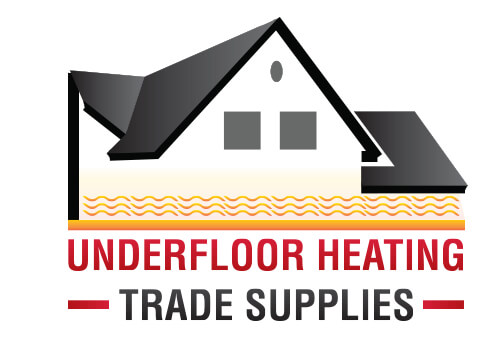
Having a log cabin is a great way to rent out to holiday makers, or a simple place for you to escape the busy life. But, like other environments, log cabins need heating too…
Log cabins have surged in popularity for different reasons. For example, you may have recently built one in your garden, or in a spare, open field and you are planning on renting it out to people looking for a quick weekend getaway. However, log cabins need heating as well, and in this article, we will explore how to efficiently heat a log cabin, and how your log cabin heating can be influenced by size, insulation, budget, and more.
Key Points:
- Understand what maintenance needs are required to effectively heat a log cabin.
- Discover the pros and cons of different heating options including electric, wood-burning, and gas heaters in log cabin heating.
- Consider the environmental and economic benefits of heating systems in log cabins.
- Learn how to choose the right heating solution based on your specific needs and budget.
Understanding Your Heating Needs
When preparing your garden log cabin for the colder months, it’s important to consider various factors to ensure you select the most suitable and efficient heating system. The effectiveness of your log cabin heating depends on several factors:
- Cabin Size: The dimensions of your log cabin can impact how big your heating system needs to be. Larger spaces will naturally require more structured systems to achieve and maintain a comfortable warmth throughout.
- Insulation Quality: The thermal efficiency of your cabin’s insulation can also impact how much heating you will need. Better-insulated cabins retain heat more effectively, meaning that you will not need to spend so much on a heating system to produce continuous heat throughout the cabin, helping to keep energy costs down.
- Intended Use: How you intend to use your cabin—whether as a seasonal escape, a full-time home office, or something else—will influence your heating needs. Each circumstance will require different considerations in heating power.
- Budget: Never go beyond your budget considerations; you should ultimately have enough to cover both the initial installation and the ongoing operational costs of your chosen heating solution.
6 Heating Options for Your Log Cabin
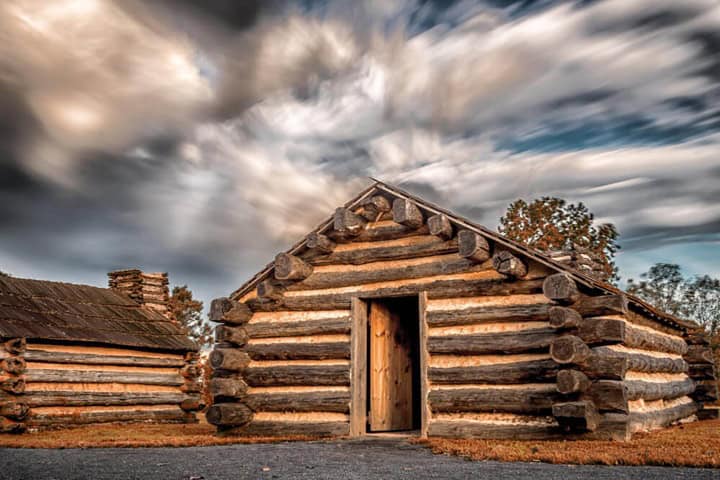
Choosing the right heater for your log cabin involves comparing different heating systems, each with its own set of advantages and limitations.
1. Electric Heaters
Electric heaters, including models like portable space heaters, wall-mounted units, and electric floor heating mats, are an ideal choice for targeted heating in specific areas within smaller cabins.
- Pros: Easy to install, no need for fuel storage, and suitable for small to medium spaces.
- Cons: Higher operational costs and may underperform in extreme cold.
2. Wood-Burning Stoves
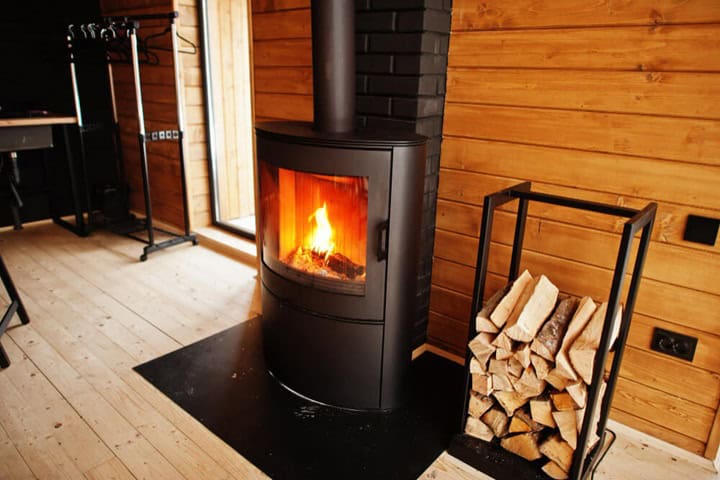
Wood-burning stoves are not only a charming addition to your log cabin but also a potent, reliable source of heat. They are particularly effective in spaces with good insulation and ventilation, ensuring that the warmth emitting from every log can be used to its full potential.
- Pros: Offers a cosy ambiance, cost-effective operation with sustainable wood, and ideal for larger, well-insulated cabins.
- Cons: Requires installing a chimney or flue, as well as regular maintenance for safety and efficiency.
3. Gas Heaters
Gas heaters offer a reliable and steady heating solution for larger cabins, ensuring comfort no matter the temperature outside. Professional installation and regular maintenance by qualified technicians are required to provide better safety and functionality.
- Pros: Provide clean and efficient heating, suitable for use throughout the year, and available for both natural gas and propane.
- Cons: Higher installation costs and the need for a continuous gas supply.
4. Underfloor Heating
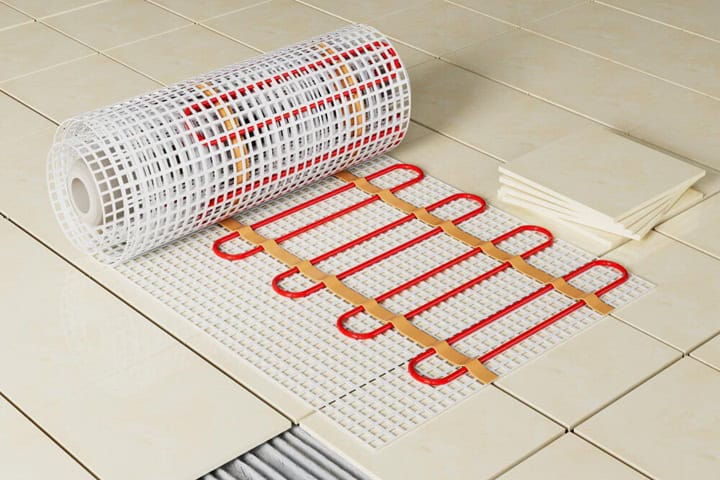
Underfloor heating offers a smooth and steady warmth across your log cabin, freeing up space without any need for radiators. This heating method is perfect for log cabins with solid insulation, as it distributes heat evenly, creating a warm and inviting environment without hot or cold spots.
If you still have a log cabin under construction, this is the perfect opportunity to integrate electric underfloor heating, so that you needn’t worry about ripping up floorboards once the log cabin has been built.
Pros:
- Delivers a balanced amount of heating throughout the cabin.
- Prevents cold spots.
- Frees up wall and floor space that would otherwise be taken by radiators.
- Better for well-insulated structures to prevent heat loss.
Cons:
- It is better to hire a professional to ensure a safe, stable installation.
- Initial investment will be costly, but worth it in the long run.
- Not ideal for cabins lacking good insulation.
Furthermore, in well-insulated log cabins, underfloor heating can be used as the primary heat source, ensuring that warmth is felt from the floor upwards, improving the cosy feel of your cabin.
5. Heat Pumps
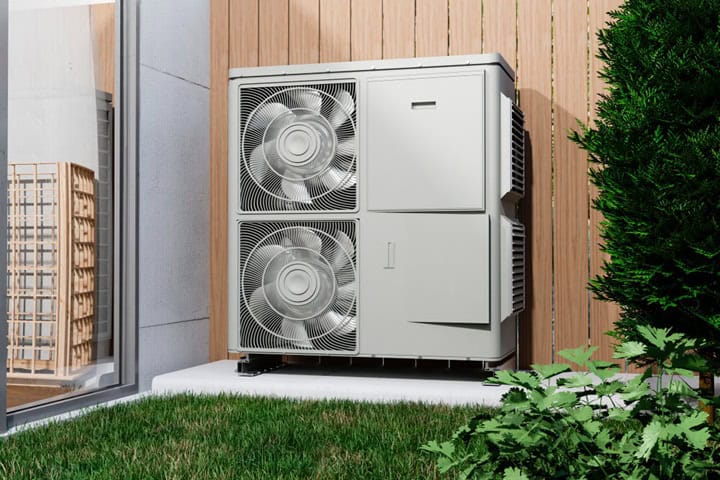
Heat pumps are known for their ability to efficiently transfer heat from the earth into efficient heating. There are mainly two forms of heat pumps: ground source, and air source, both of which can be integrated with other heating systems such as underfloor heatings, making them even more economical. Heat pump heating systems are excellent for both heating and cooling, making them a versatile option throughout the year.
Pros:
- Exceptionally efficient, using less electricity by transferring heat.
- Provides heating and cooling, perfect for year-round climate control.
- Operational costs are lower compared to conventional electric heaters.
Cons:
- Professional installation is required.
- Higher upfront costs though they pay off in long-term savings.
- Performance can vary with the exterior climate and cabin size.
Whether opting for an air source or ground source model, heat pumps are an eco-friendly choice that reduces both your carbon footprint and your energy bills. They are particularly effective in climates where extreme cold is not a frequent concern and can offer continuous comfort without the high operational costs associated with traditional heating systems.
6. Radiant Floor Heating
Radiant floor heating provides a consistent level of warmth across your log cabin, ensuring that every corner of the space is comfortably heated. Similar to underfloor heating, radiant floor heating is hidden beneath the floor, allowing you to enjoy a clean aesthetic without any visible fixtures.
Pros:
- Evenly distributes heat, providing better comfort.
- Increases usable space by eliminating the need for radiators.
- Best suited for cabins with an adequate amount of insulation.
Cons:
- Requires professional installation.
- Initial costs are notable.
- May not be effective in poorly insulated cabins.
Radiant floor heating can transform your log cabin into a warm sanctuary for any occupant that enters it, particularly in the cooler months. It’s an investment in both the value and the comfort of your log cabin, providing a subtle yet powerful heating solution.
Make The Right Decision With Your Log Cabin Heating
Selecting the right heater for your log cabin involves carefully considering every factor of your log cabin’s specific needs, including size, insulation, and how you intend to use the space. Consulting with heating experts can provide valuable insights into the most suitable options, ensuring that your heating system is not only effective but also efficient. Investing in the right log cabin heating system allows you to enjoy your garden retreat comfortably year-round, regardless of the weather outside.
FAQs
What maintenance is required for log cabin heating systems?
Regular maintenance is important for any heating system to ensure efficiency and safety. For wood and pellet stoves, regular cleaning of the flue and inspection of the stove’s integrity are necessary to do at least twice a year. Electric and central heating systems should be checked annually by a professional to ensure they are functioning correctly.
What are the safety considerations when installing a heater in a log cabin?
Safety considerations include ensuring proper ventilation, especially for wood and pellet stoves, to prevent carbon monoxide buildup. It’s important to follow local building codes and manufacturer’s guidelines for installation. Also, maintain a safe clearance around heat sources to prevent fire hazards.
Sources
Quick Garden. (2020) Different Types of Log Cabin. [online] Available at: https://www.quick-garden.co.uk/blog/different-types-log-cabin.html [accessed 19/03/2025]
